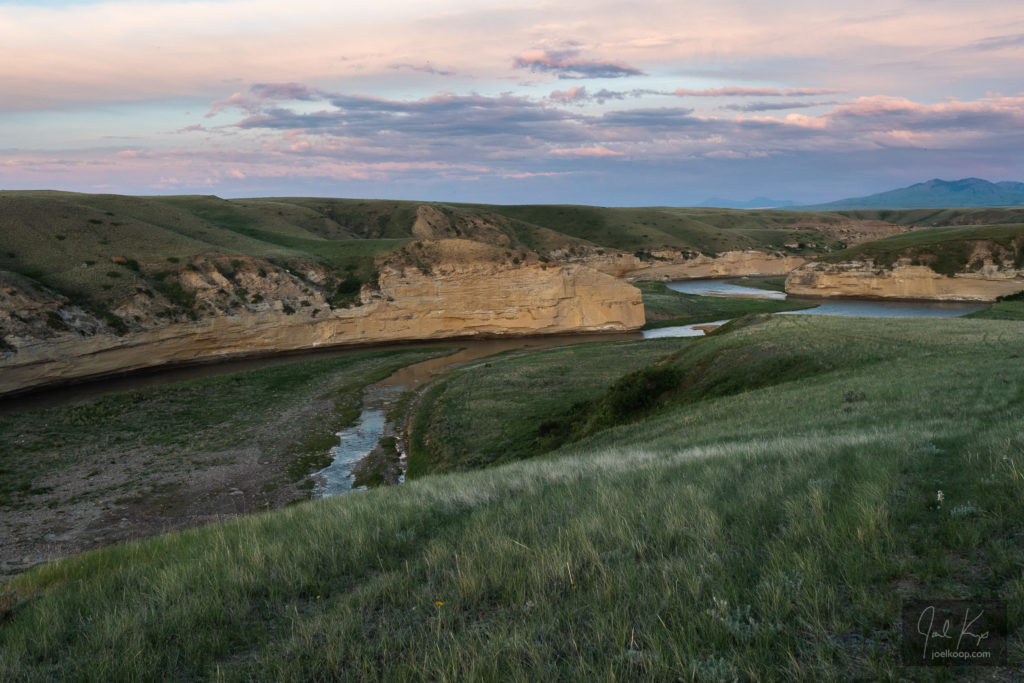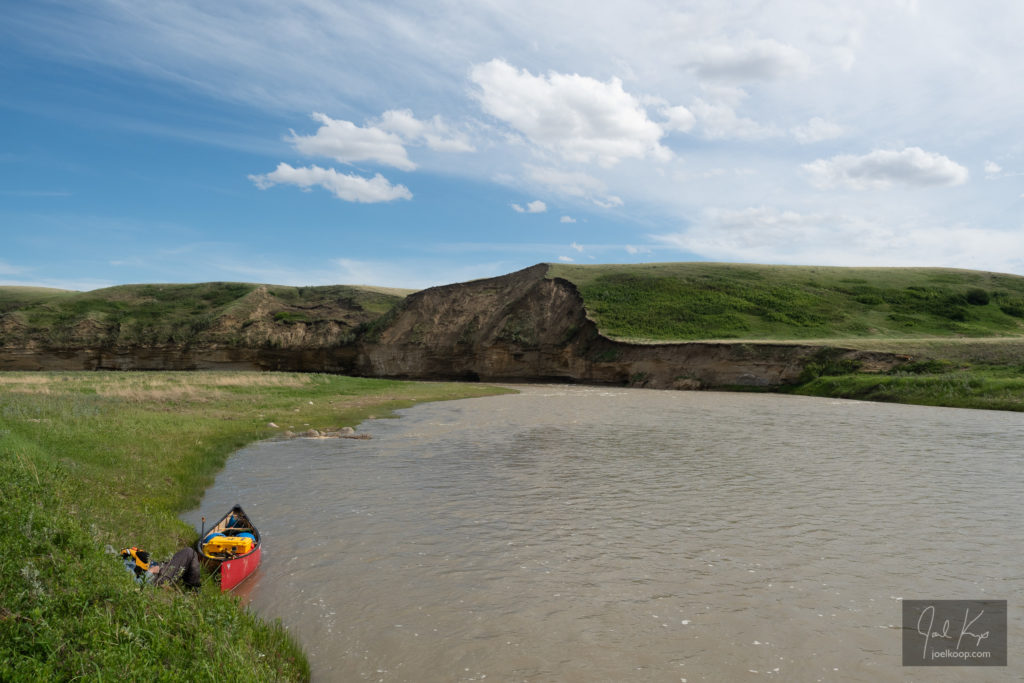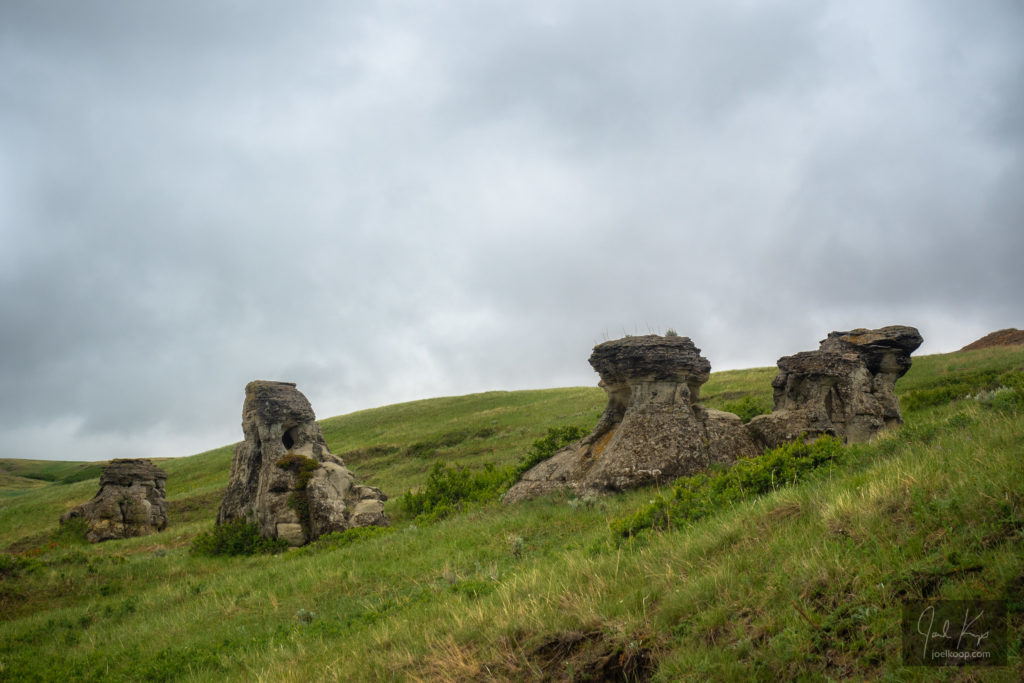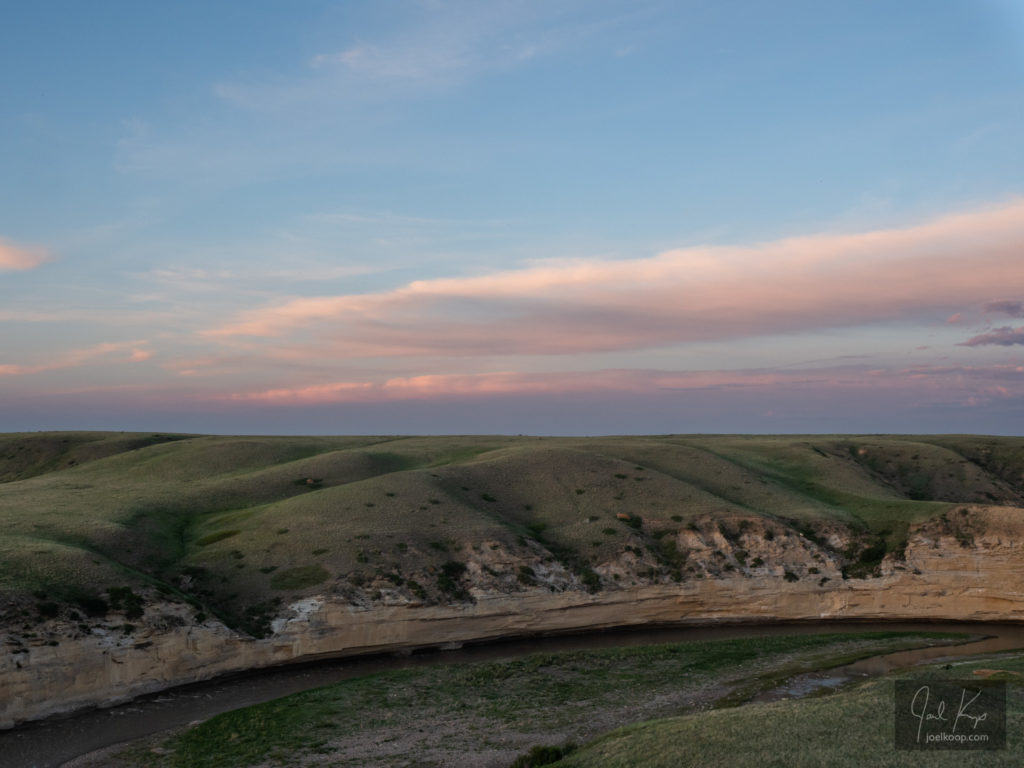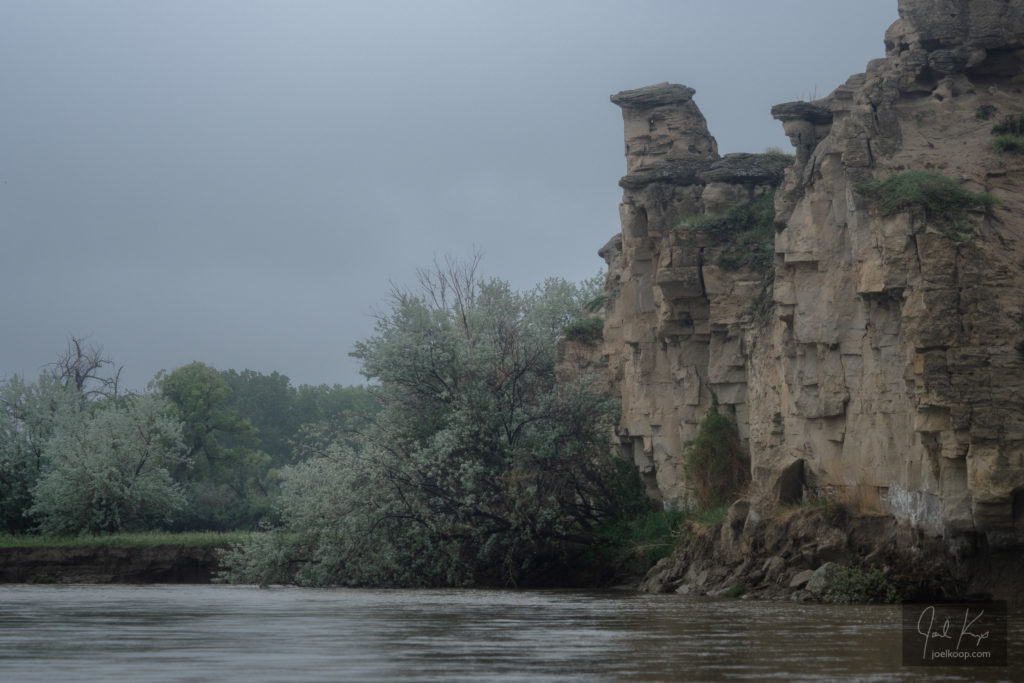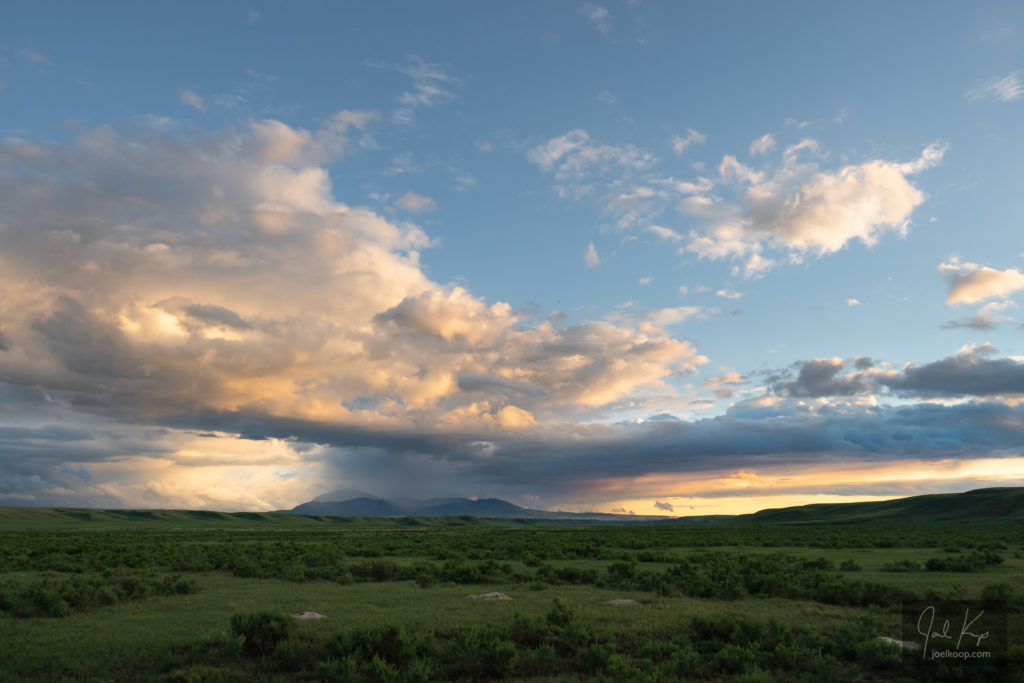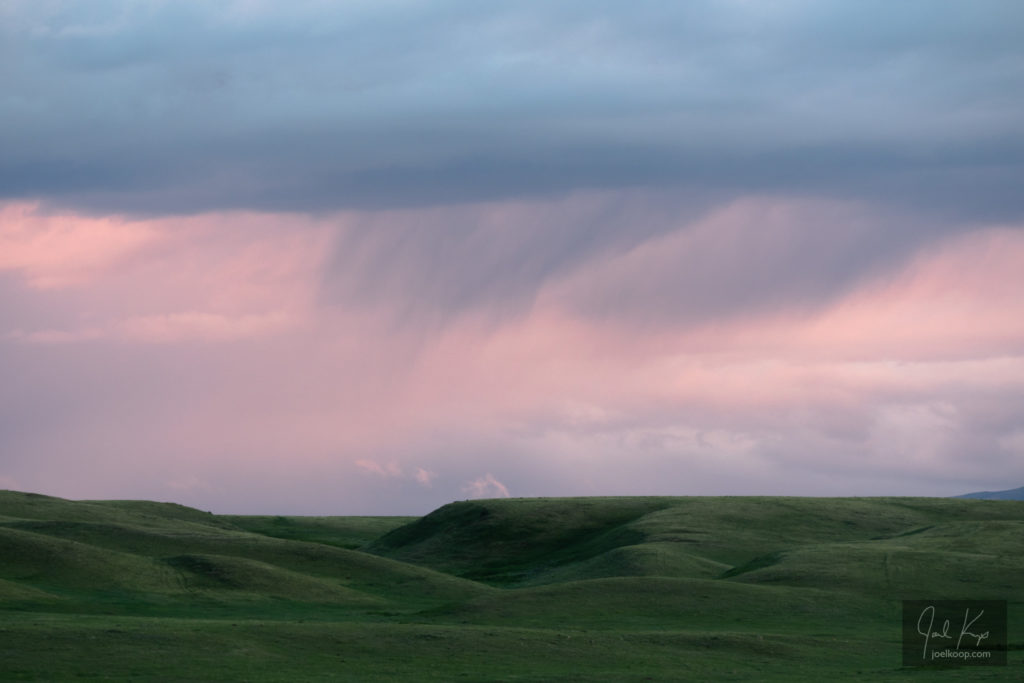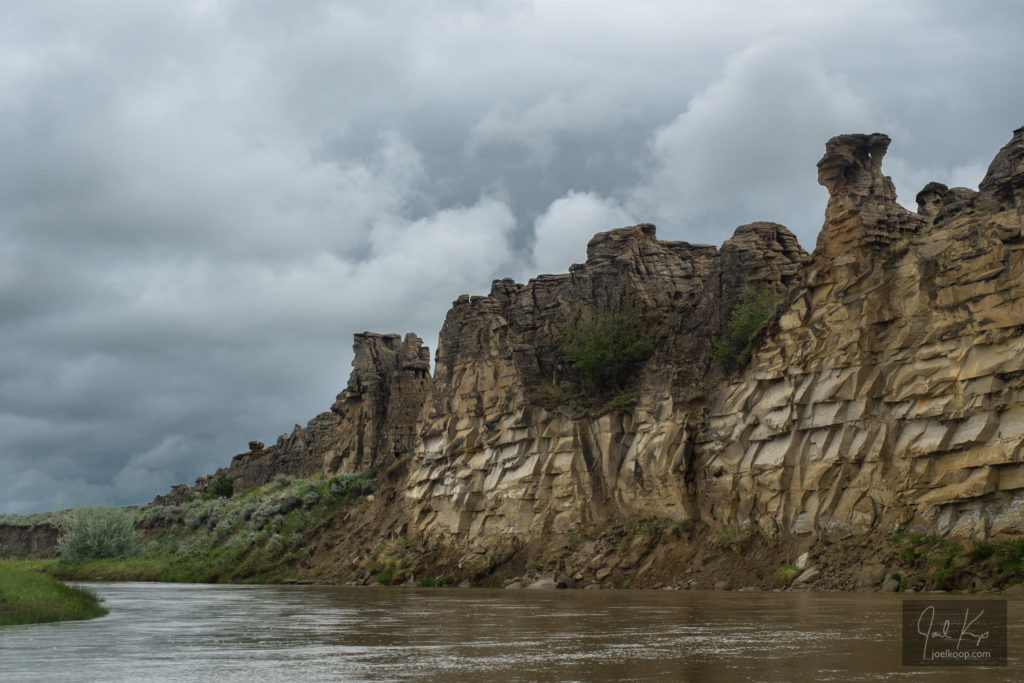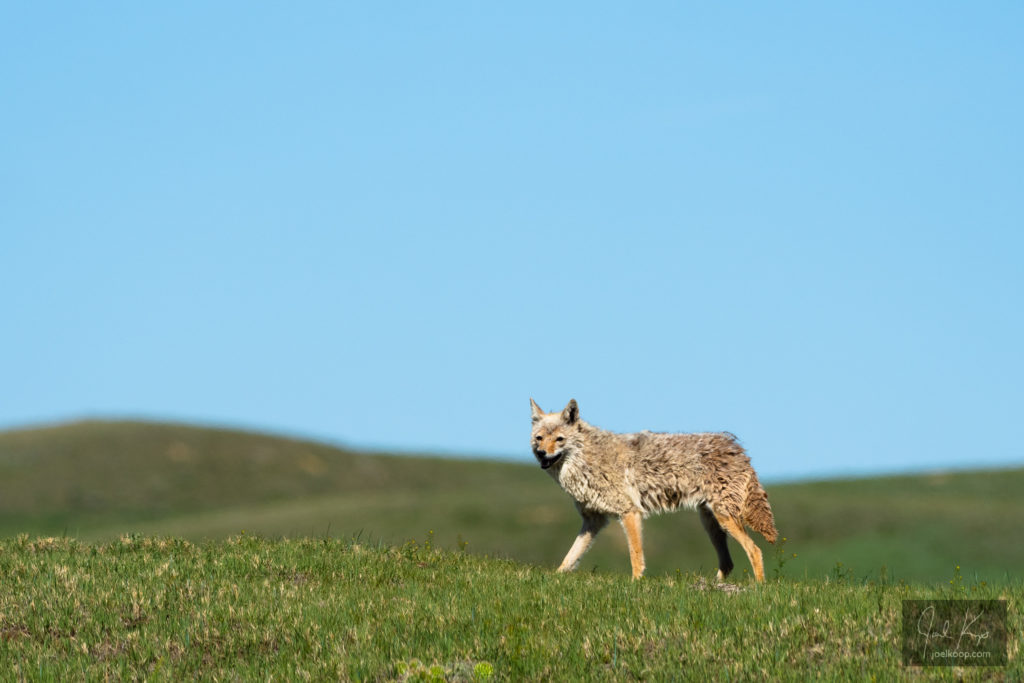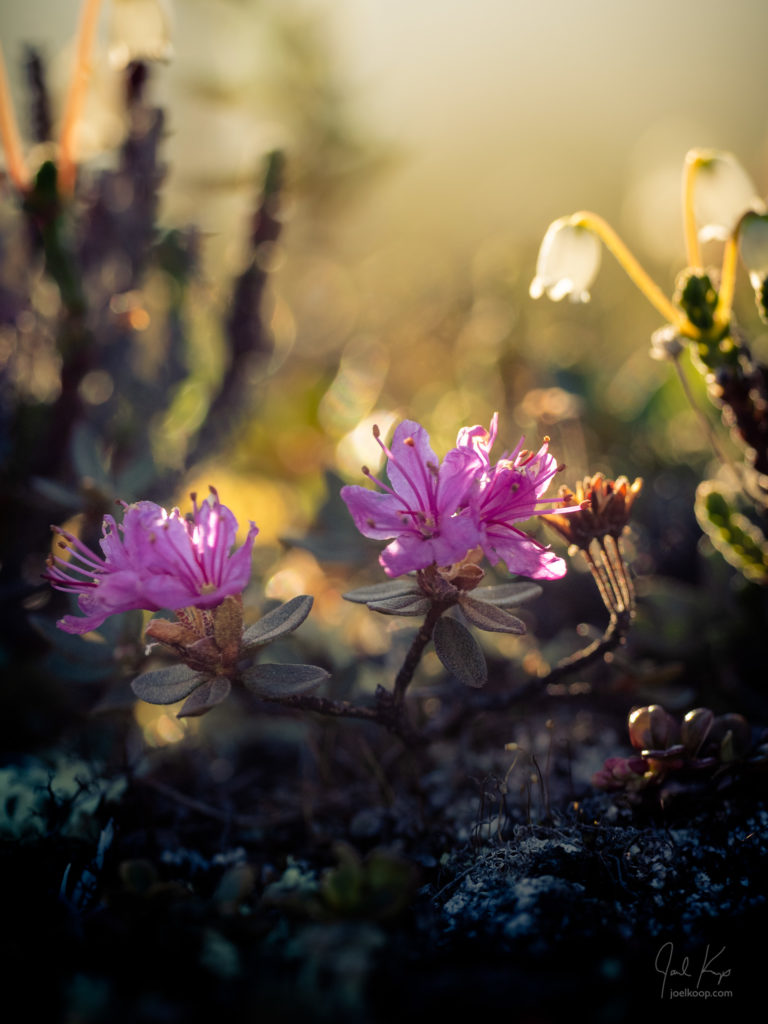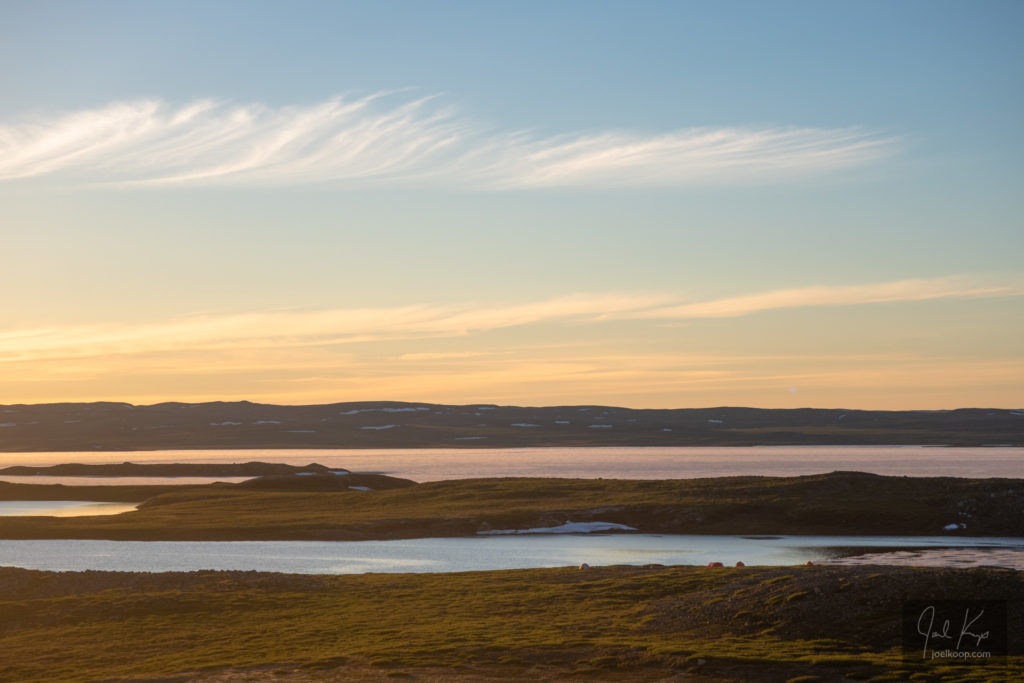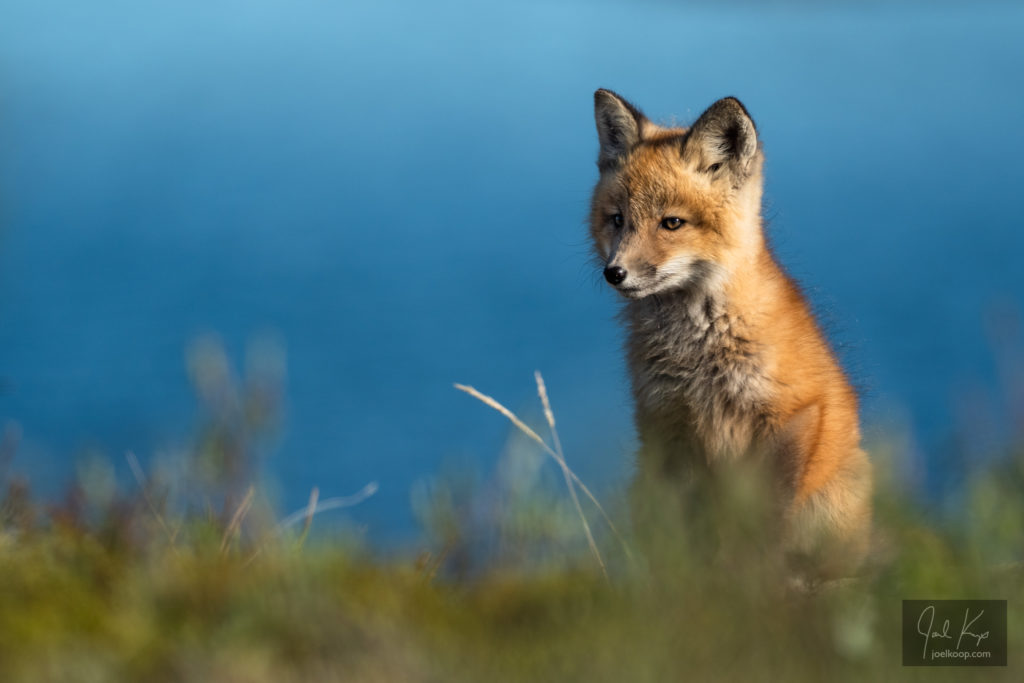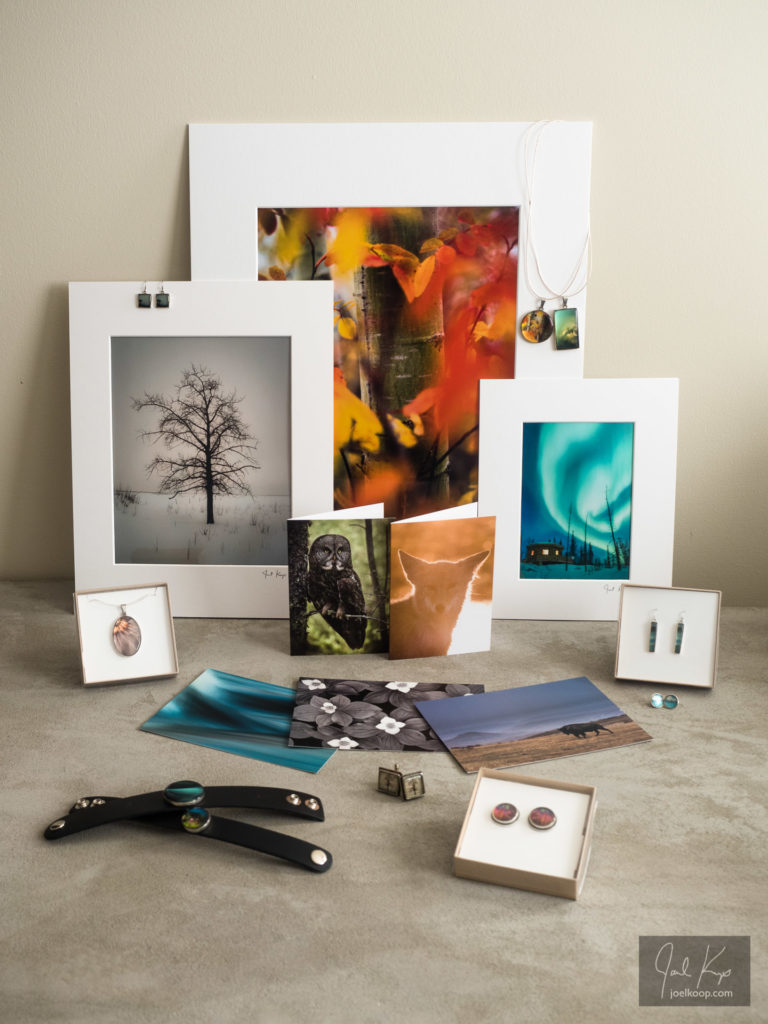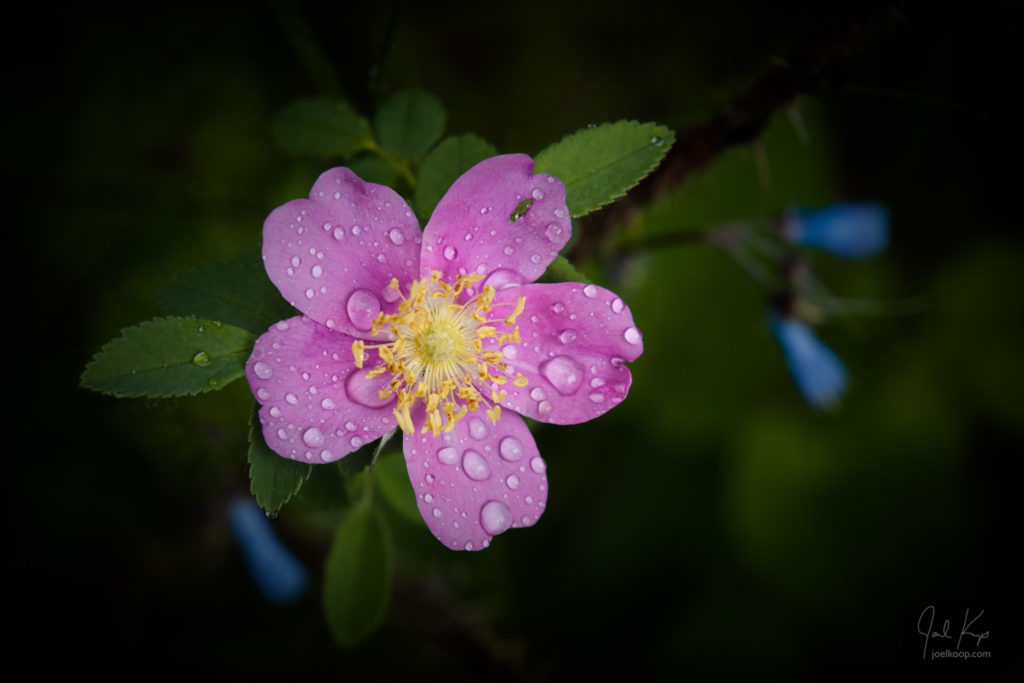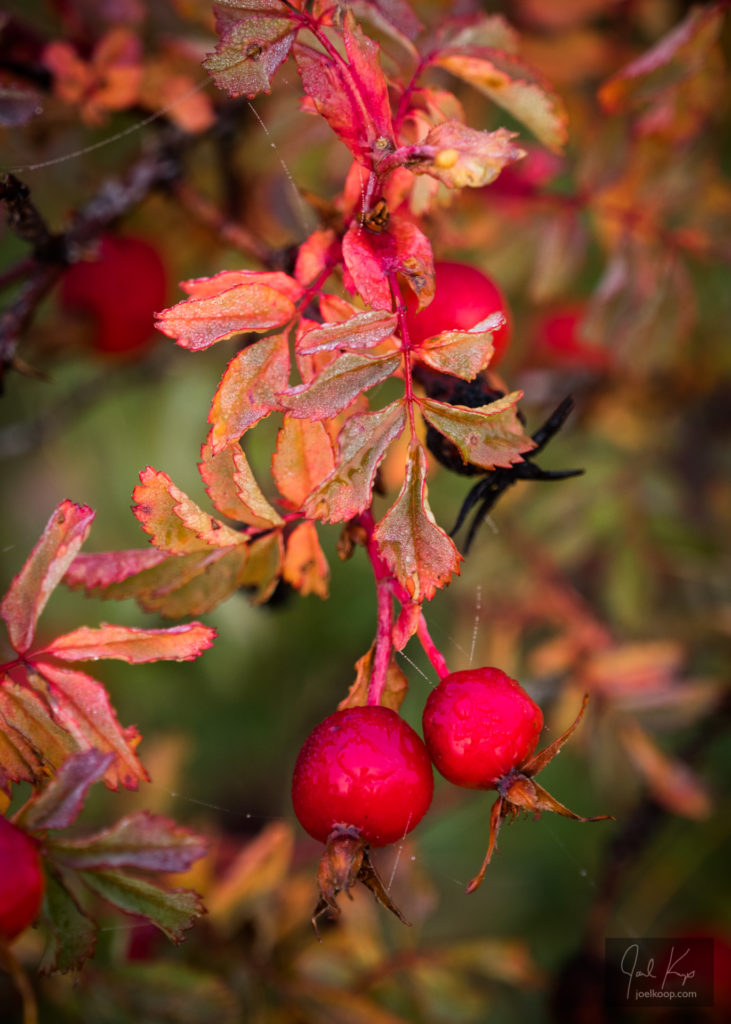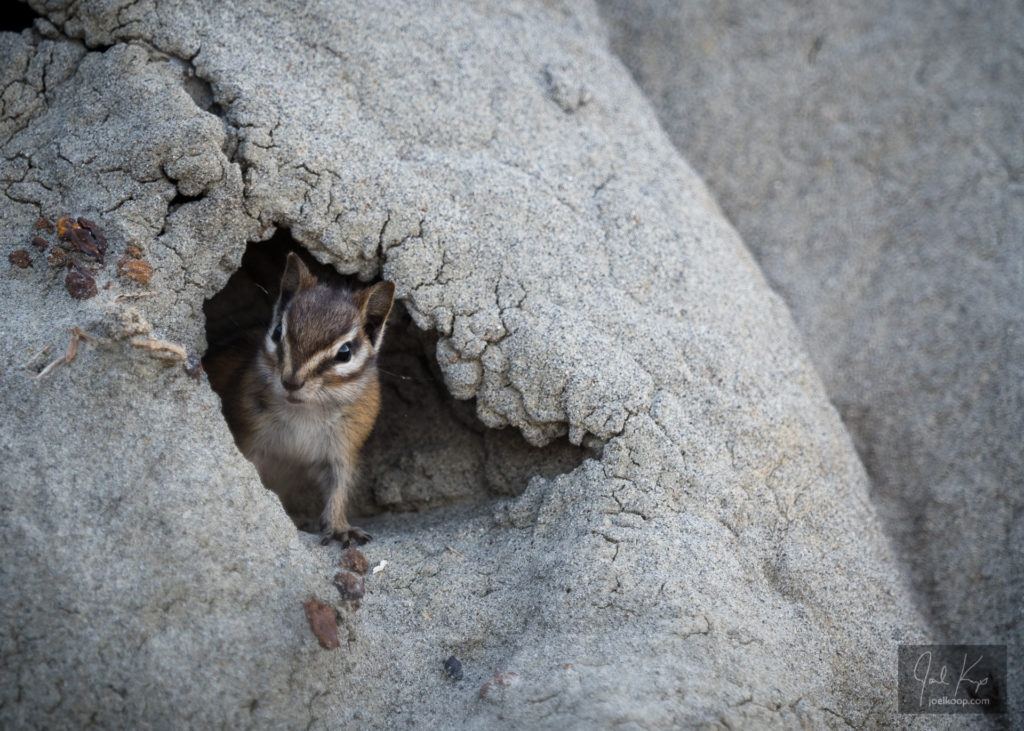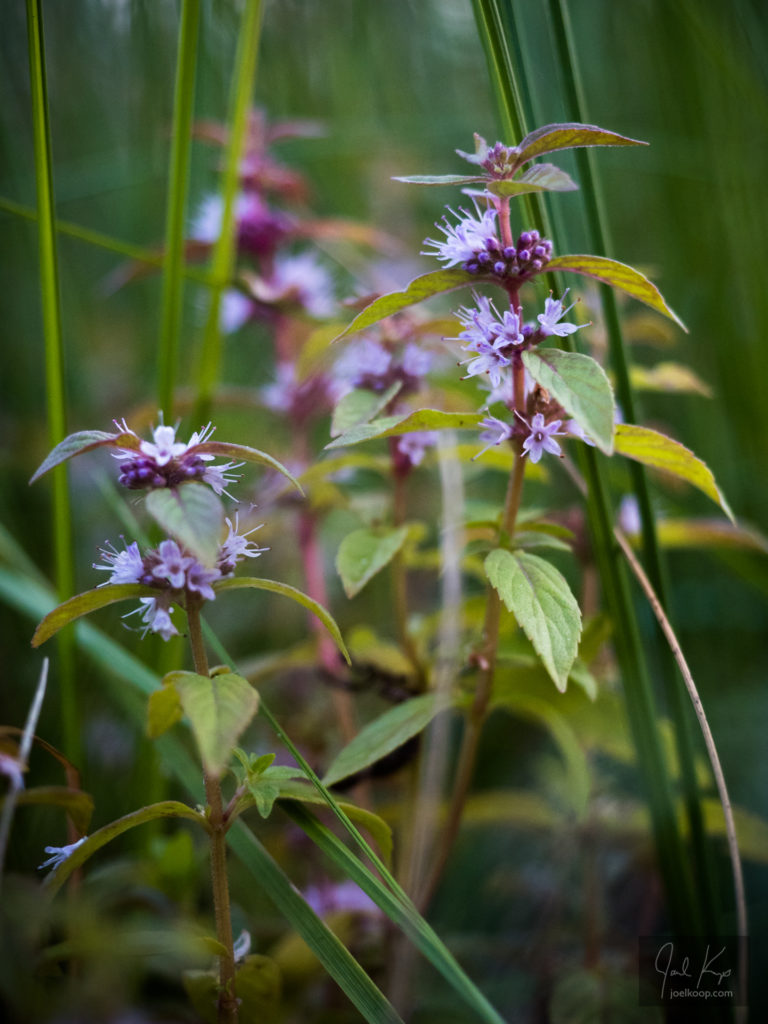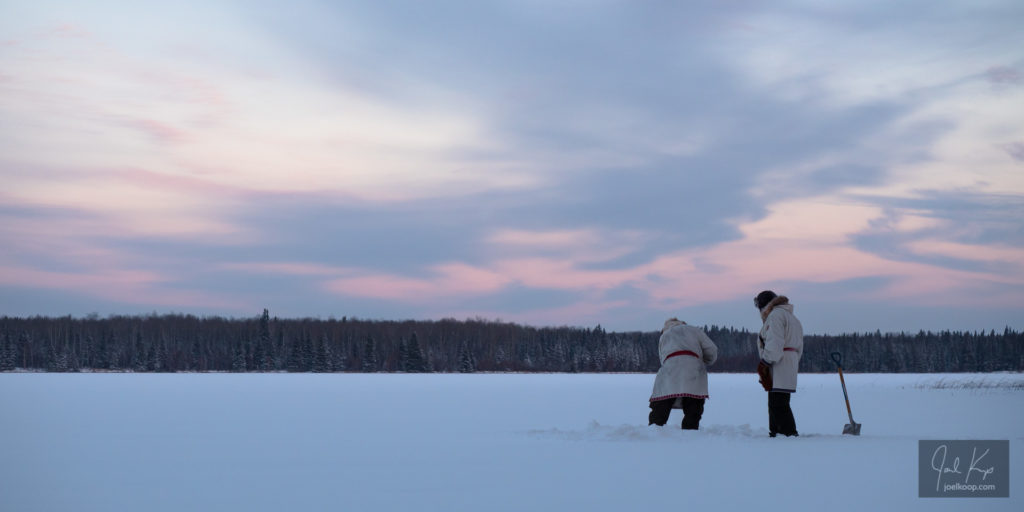
Cutting a hole in the lake ice for drinking water. Taken in Lakeland Provincial Recreation Area.
I haven’t posted here for a while now. If you’ve been following me on Instagram or Facebook, I haven’t been there either. What’s up?
A bunch of things. I’ve been on many different journeys lately. I’ve been moderately successful trying to spend more time in the natural world with people and rivers and trees and a little less on my computer or phone. I’ve also been spending more time learning. Focusing. I don’t mean to say these things can’t be compatible with an online presence, but for me lately it has been helpful to take a break. And I will be continuing to take a break. This summer I will be canoeing in the arctic for two months – on the Hood River and MacKay Lake! But I won’t be live-blogging or checking messages. I hope to do a lot of photography and maybe some video up there, but the focus will be the people I’m with and the learning and research I’ll be doing.
I’ll leave a few photos from some of the adventures I’ve been on over the last few months. There has been some photography trips for the Royal Alberta Museum, some really cold snowshoeing, some winter camping, some spring camping, and quite a bit of canoeing which will continue throughout the summer. I hope you have your own adventures planned – anything from walks in the park to epic expeditions. Even looking at pictures of nature (https://www.ncbi.nlm.nih.gov/pmc/articles/PMC4690962/) can lower stress levels, but nothing compares to actually immersing yourself in it.
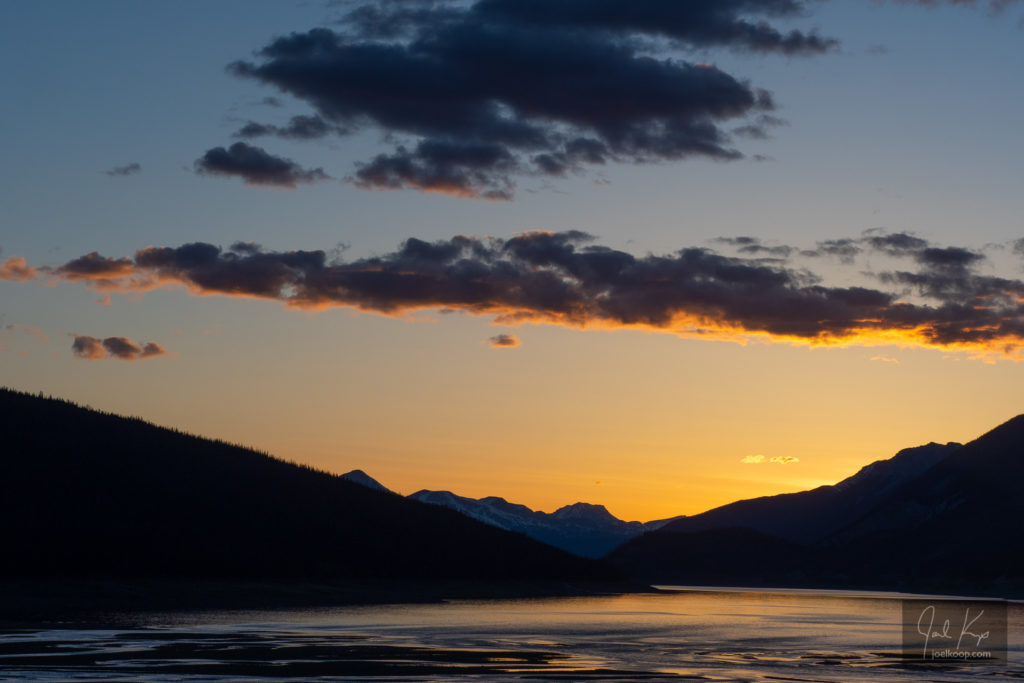
Sunset over Medicine Lake in Jasper.
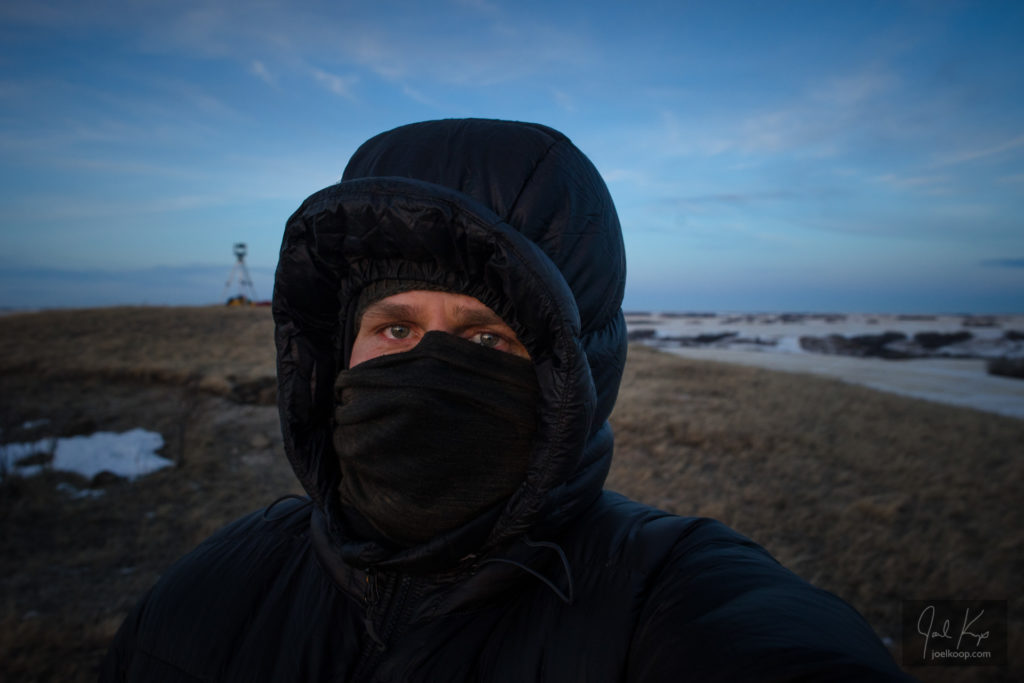
Taking pictures for the Royal Alberta Museum in dreadfully cold weather.
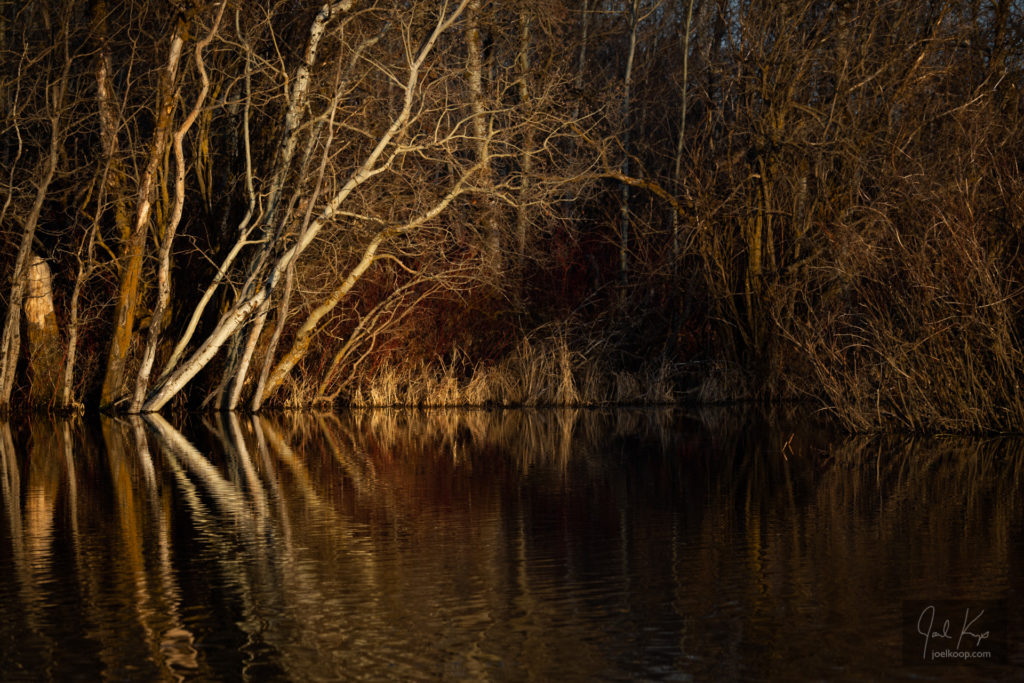
Poplars and willows reflected in spring floodwaters.
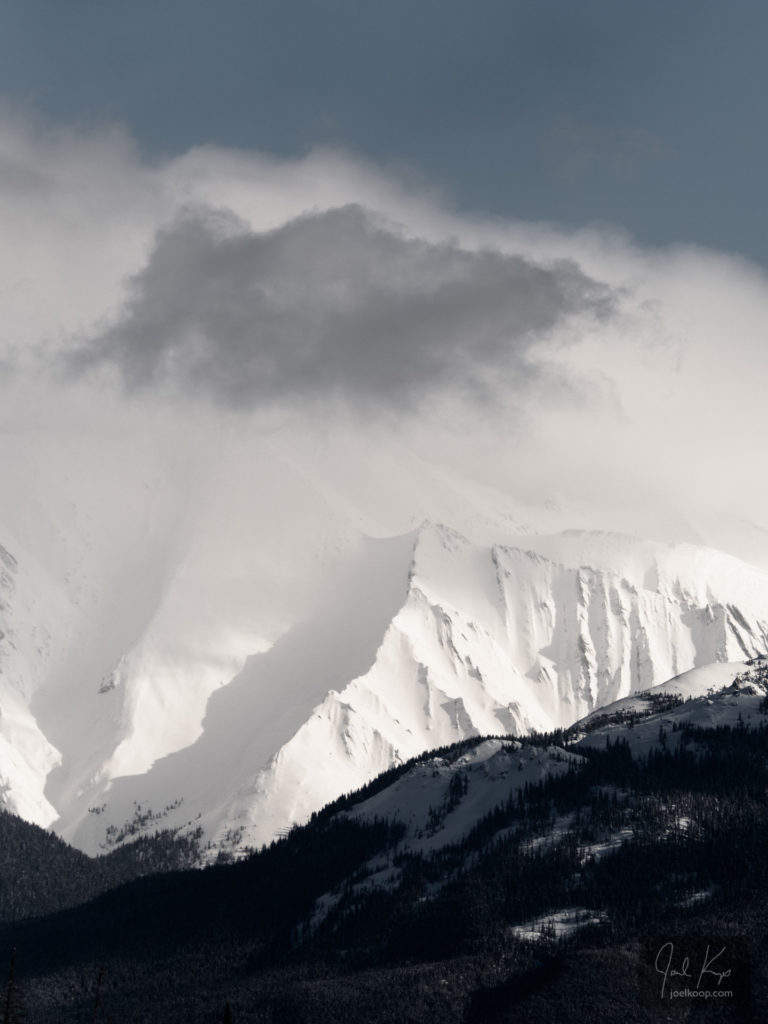
The Rockies in winter.
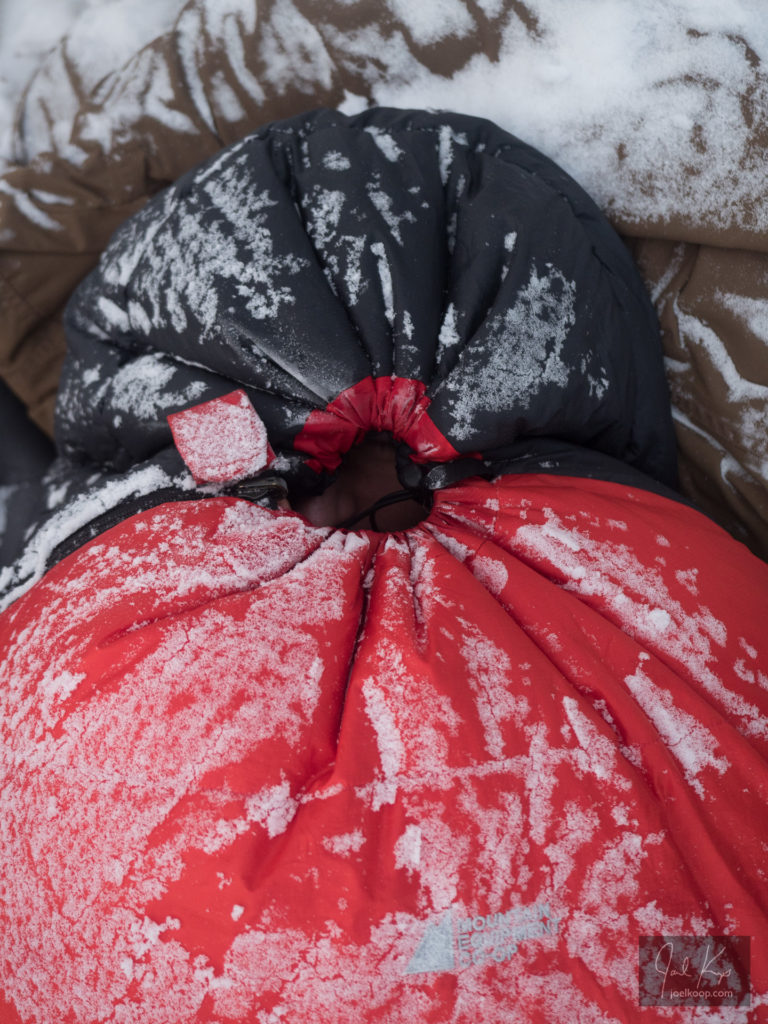
Sleeping under the stars at -20. Yes, there’s someone in there.
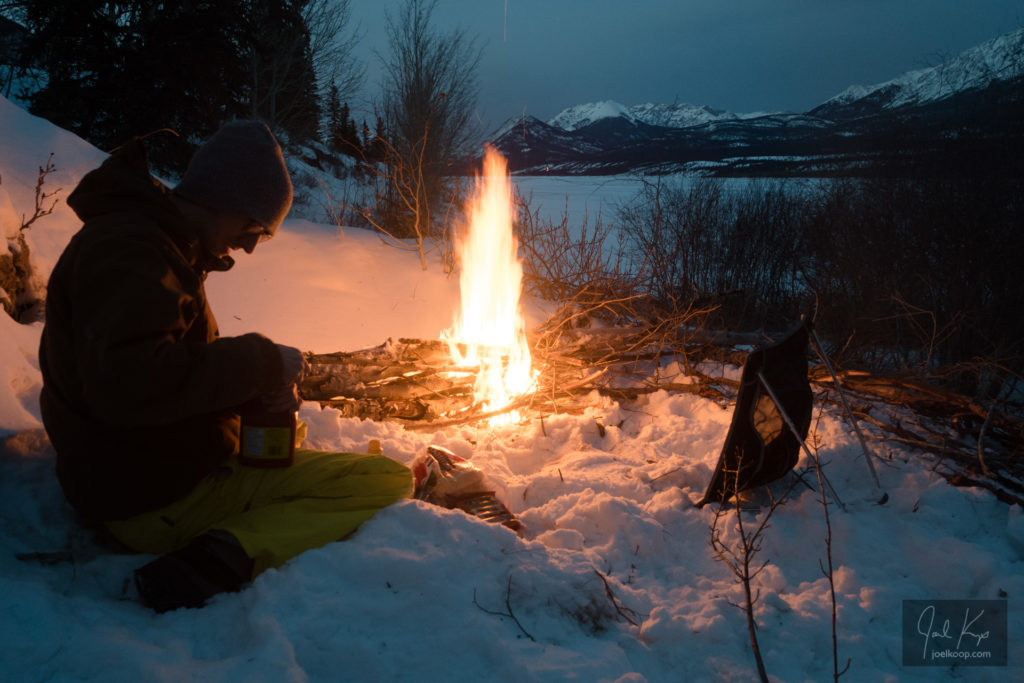
The joy of a fire in winter.
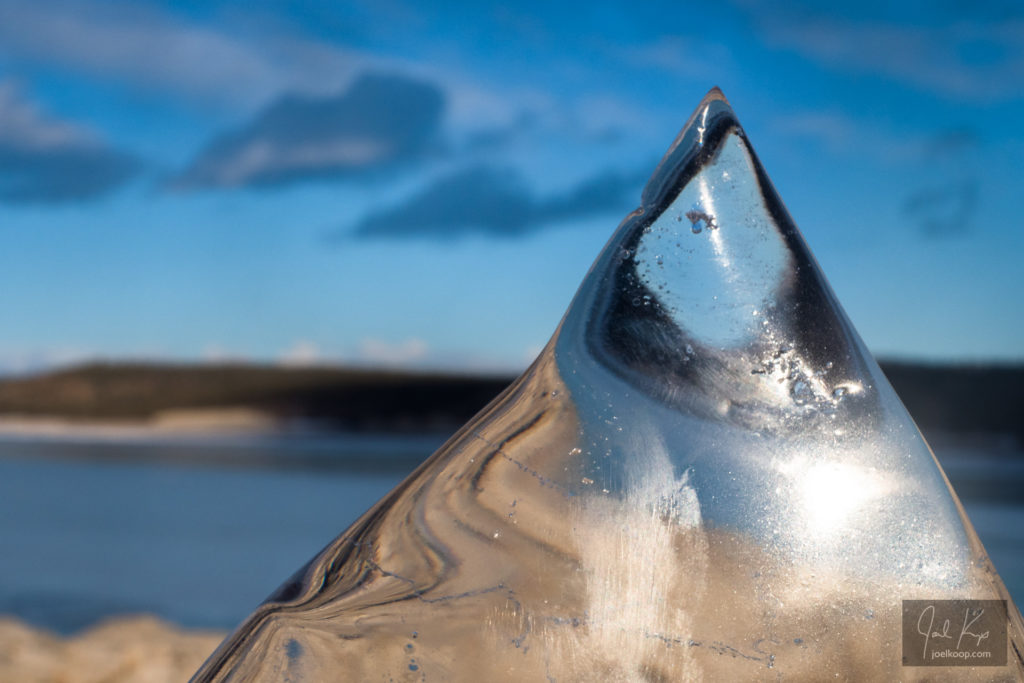
Clear lake ice.
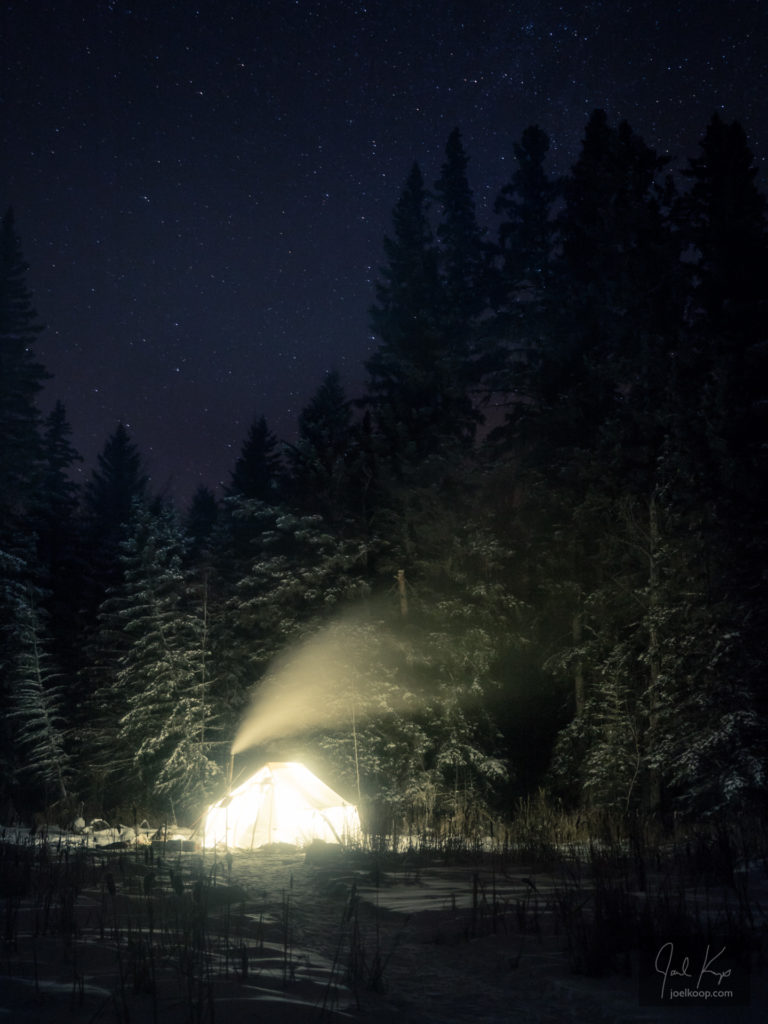
Warm winter camping at -40.
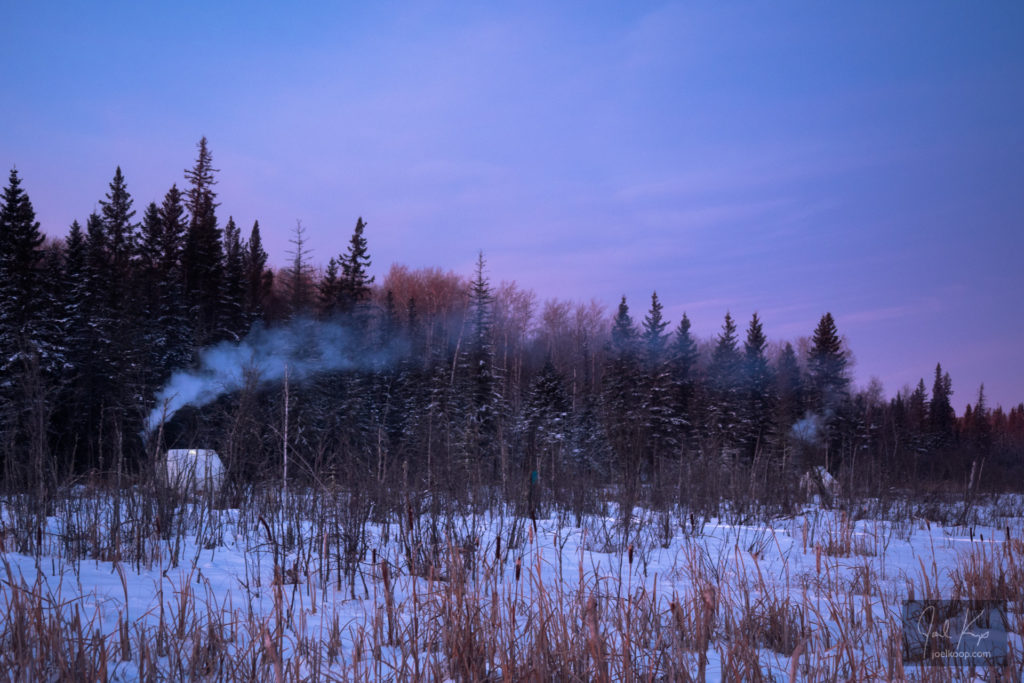
Swamps are perfect for winter camping – lots of firewood and easily accessible.
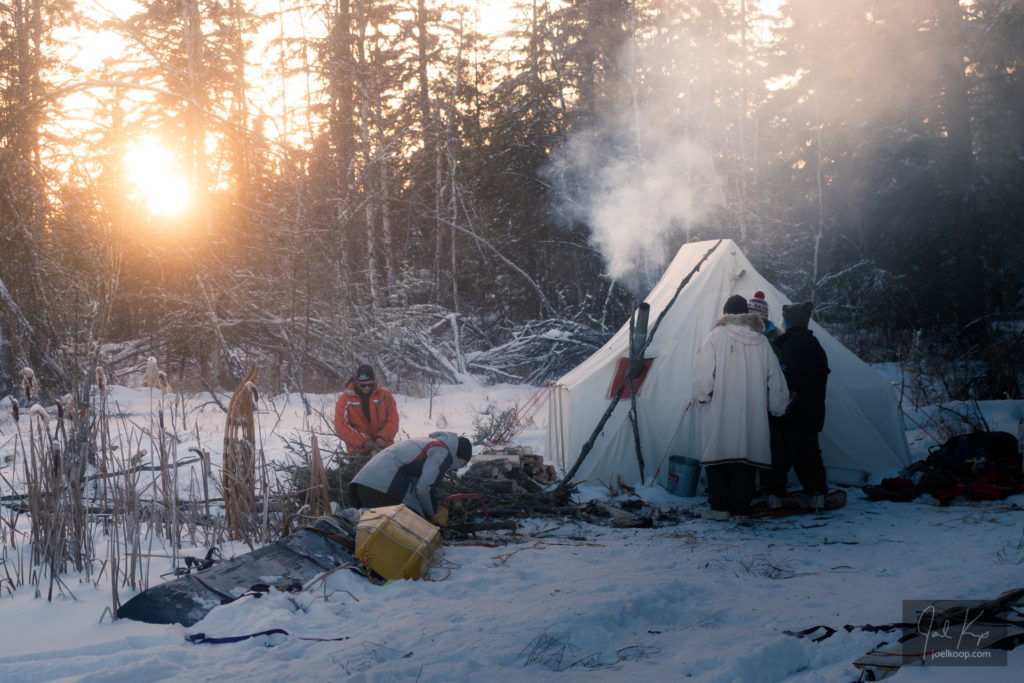
Winter camping is a lot of work – cutting firewood, thawing food, finding or melting water, stamping down the snow under your tent, setting up camp, and staying on top of wearing the right layers depending on how hard you’re currently working.
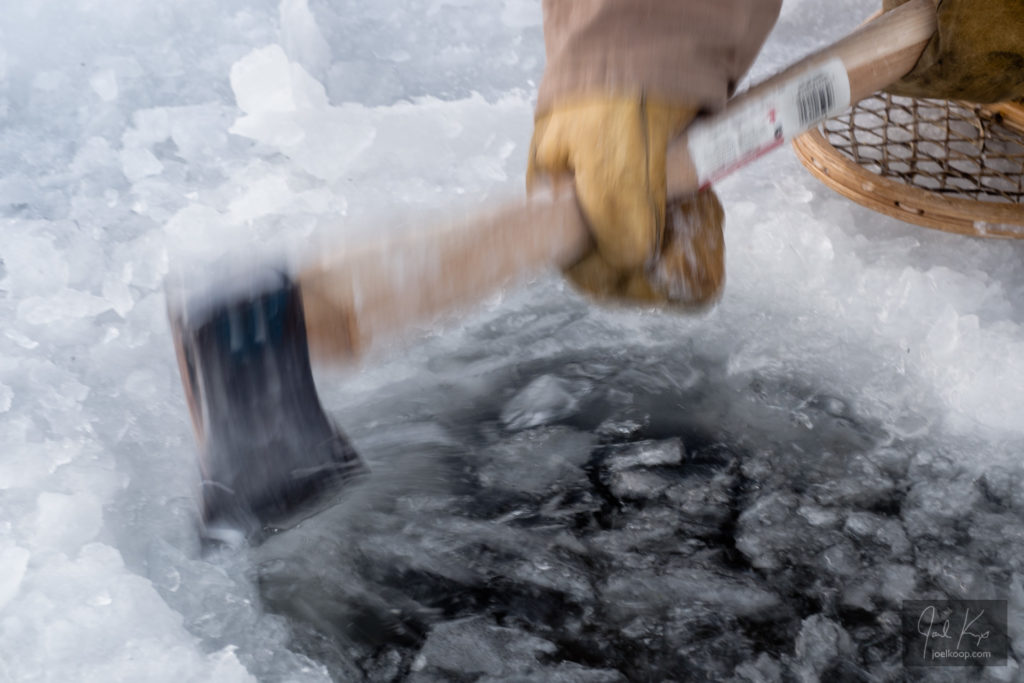
Opening up the water hole in the morning – 4 inches of ice had formed overnight.
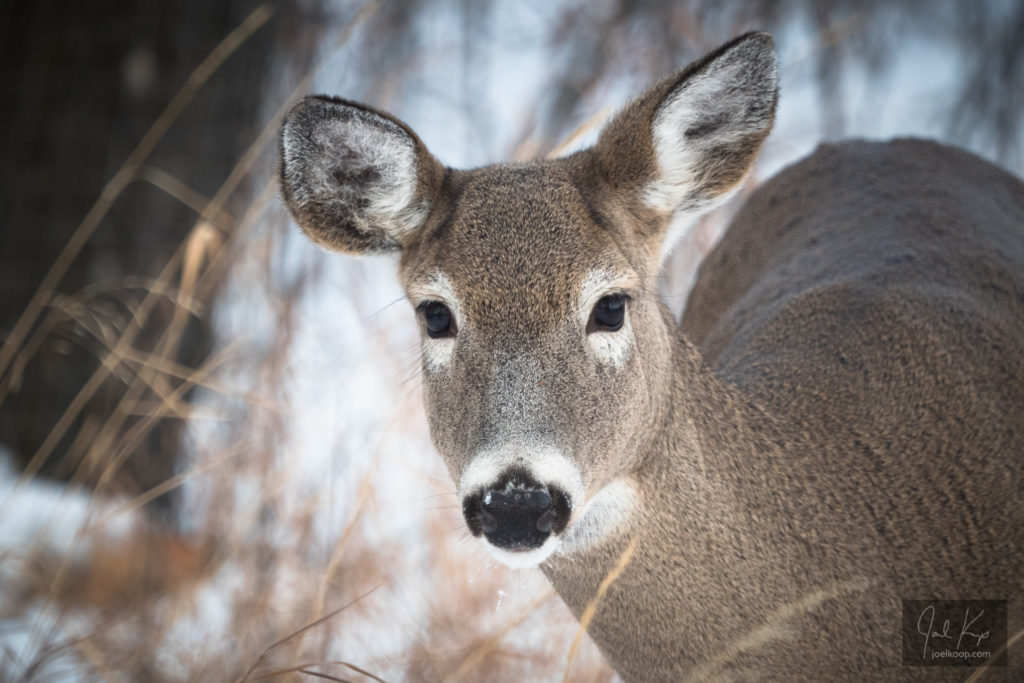
A curious whitetail deer.
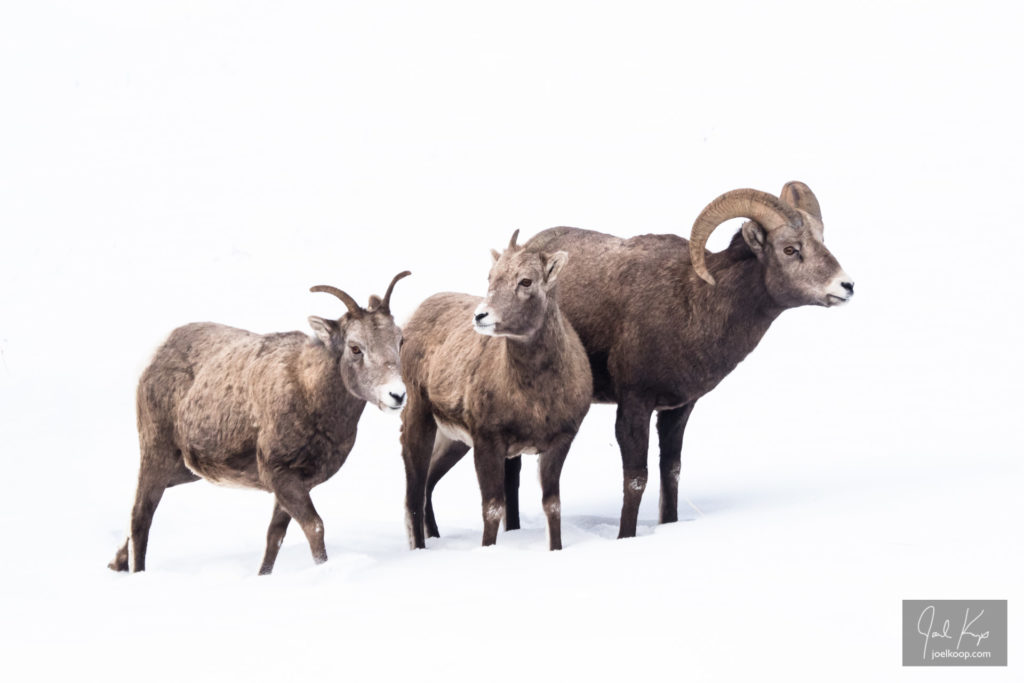
A herd of Bighorn Sheep in Sheep River Provincial Park – how appropriate.

Getting a little tippy at Devil’s Elbow on the North Saskatchewan River. They saved this one though.
